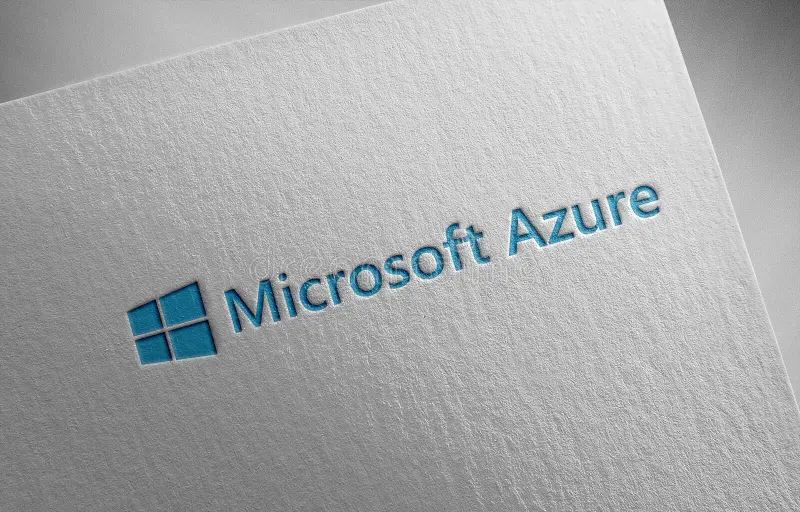Demystifying the Azure Virtual Network
 Nehal Ingole
Nehal Ingole
Imagine a vibrant city bustling with activity, but with distinct neighborhoods separated by secure borders. That's essentially what an Azure Virtual Network (VNet) offers your cloud resources – a private, isolated environment within the vast Azure landscape. Let's delve into the world of VNet and explore its capabilities in detail.
What is an Azure VNet?
An Azure VNet acts as a private network within the public cloud, allowing you to securely connect your Azure resources, like virtual machines (VMs), application services, and databases, with each other and your on-premises network. Think of it as your own custom-built, gated community within Azure, where resources only interact with authorized entities.
Why Use an Azure VNet?
Using a VNet unlocks a plethora of benefits for your cloud deployments:
Enhanced Security: By isolating your resources within a private network, you restrict unauthorized access and data breaches. VNet provides granular control over network traffic, ensuring only authorized resources communicate with each other.
Improved Performance: VNet minimizes internet hops for communication between resources, leading to faster network speeds and lower latency. Think of it as creating a local highway system within your city, reducing traffic congestion.
Simplified Management: You can manage all your resources within a single VNet as a cohesive unit, streamlining configuration, access control, and monitoring. It's like having a central administration office for your city.
Hybrid Cloud Integration: VNet seamlessly connects your Azure resources to your on-premises network, enabling secure communication and data exchange. It's like building a bridge between your city and the outside world.
Key Components of an Azure VNet:
Address Space: This defines the private IP address range for your VNet, ensuring your resources have unique addresses within your private network.
Subnets: You can further segment your VNet into smaller subnets based on functionality or security requirements. Imagine dividing your city into districts with specific zoning regulations.
Network Security Groups (NSGs): These act as virtual firewalls, controlling inbound and outbound traffic for each subnet. Think of them as security checkpoints at the borders of your districts.
Route Tables: These define how traffic within your VNet and between your VNet and other networks (like the internet) is routed. It's like having a city map that directs traffic flow.
Creating and Managing Your Azure VNet:
Setting up a VNet is straightforward through the Azure portal, PowerShell, or CLI. You can define your desired address space, subnet configurations, and security rules. Azure simplifies VNet management with intuitive tools and automation options.
Beyond the Basics:
VNet offers advanced features like Azure Bastion for secure remote desktop access to VMs without public IP addresses, and Private Endpoints for private connectivity to Azure services like Azure Storage. As your cloud needs evolve, VNet scales and adapts to accommodate them.
Remember, the cloud is vast, and Azure is your key to unlocking its full potential. Join us tomorrow as we dive deeper into the azure depths, uncovering more treasures that await on our journey through the cloud. Until then, happy exploring!
Thank you for Reading:)
#Happy Reading!!
Any query and suggestion are always welcome -Nehal IngoleorTwitter
Subscribe to my newsletter
Read articles from Nehal Ingole directly inside your inbox. Subscribe to the newsletter, and don't miss out.
Written by

Nehal Ingole
Nehal Ingole
🚀 Greetings World! 🌐 Meet a dynamic Frontend Developer, UI/UX Designer, and avid explorer of Cloud & DevOps realms! Uncover the journey of a professional deeply passionate about crafting seamless user experiences, designing visually stunning interfaces, and navigating the cloud with a DevOps mindset. 🔧 Skills Snapshot: Frontend Mastery: HTML, CSS, and JavaScript expert, specializing in React, Angular, and Vue.js. Design Wizardry: Proficient in wireframing, prototyping, and Adobe Creative Suite and Figma for captivating designs. Cloud Maestro: Fluent in AWS, Azure, and Google Cloud Platform, adept at architecting scalable solutions. DevOps Guru: Skilled in Docker, Kubernetes, Jenkins, and Git, contributing to efficient development workflows. 🔗 Let's Connect: Open to collaborating on exciting projects and sharing industry insights, I invite connections for networking or discussions. Reach out for potential collaborations. 📧 Contact Me: GitHub: GitHub Profile Email: nehalingole2001@gmail.com Mobile: 7397966719 Figma: Figma Profile Twitter: Twitter Profile HashNode: HashNode Profile LinkedIn : LinkedIn Profile